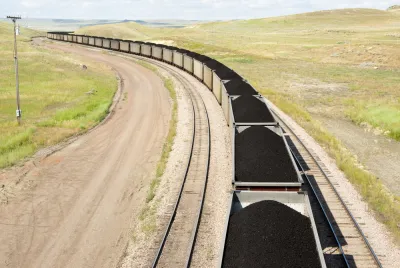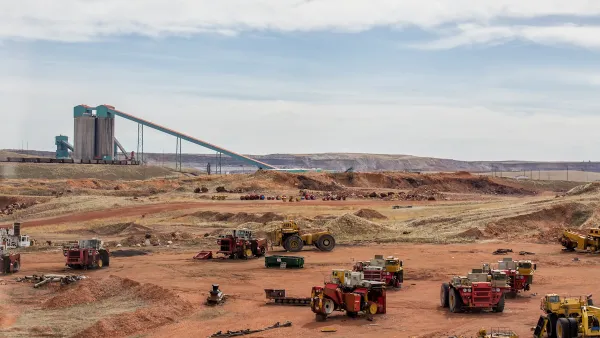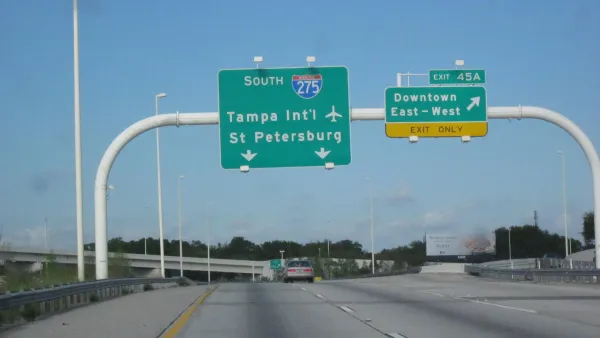Through a series of legal maneuvers associated with a coal giant's bankruptcy, the Sierra Club made good on a conservation opportunity worth $2.2 billion and weighing 53 million tons.

Environmental nonprofits like the Nature Conservancy regularly purchase tracts of land to save them from industry and development. But this time, the Sierra Club and its allies made out even better, taking control of a 53 million-ton coal reserve that will now stay in the ground.
The U.S. still sits on massive supplies of coal, but the past several years have seen equally massive setbacks for the coal industry. Faced with regulatory pressures and lawsuits, companies like Alpha Natural Resources face bankruptcy. Those proceedings can give legally-savvy environmentalists a chance to strike.
In this case, a consent decree charged Alpha to complete a $150 million cleanup by 2019. Resource-rich but cash-poor, the company agreed to give up some of its land holdings instead, reserves worth a whole lot more than the cleanup cost. Daniel Gross writes, "The deal offered the nonprofits ownership of the Rostraver reserve, a seam of coal in 35,000 acres of forest and farmland in Westmoreland and Fayette Counties, Pennsylvania, about 30 miles south of Pittsburgh. At today's prices, 53 million tons of Northern Appalachian coal are worth about $2.2 billion."
Gross doubts whether the Sierra Club will be able to pull this off a second time, but it definitely points to a whole realm of possibility for conservationists.
FULL STORY: How the Sierra Club Got Control of a Massive Coal Reserve

National Parks Layoffs Will Cause Communities to Lose Billions
Thousands of essential park workers were laid off this week, just before the busy spring break season.

Retro-silient?: America’s First “Eco-burb,” The Woodlands Turns 50
A master-planned community north of Houston offers lessons on green infrastructure and resilient design, but falls short of its founder’s lofty affordability and walkability goals.

Delivering for America Plan Will Downgrade Mail Service in at Least 49.5 Percent of Zip Codes
Republican and Democrat lawmakers criticize the plan for its disproportionate negative impact on rural communities.

Test News Post 1
This is a summary

Test News Headline 46
Test for the image on the front page.

Balancing Bombs and Butterflies: How the National Guard Protects a Rare Species
The National Guard at Fort Indiantown Gap uses GIS technology and land management strategies to balance military training with conservation efforts, ensuring the survival of the rare eastern regal fritillary butterfly.
Urban Design for Planners 1: Software Tools
This six-course series explores essential urban design concepts using open source software and equips planners with the tools they need to participate fully in the urban design process.
Planning for Universal Design
Learn the tools for implementing Universal Design in planning regulations.
EMC Planning Group, Inc.
Planetizen
Planetizen
Mpact (formerly Rail~Volution)
Great Falls Development Authority, Inc.
HUDs Office of Policy Development and Research
NYU Wagner Graduate School of Public Service




























